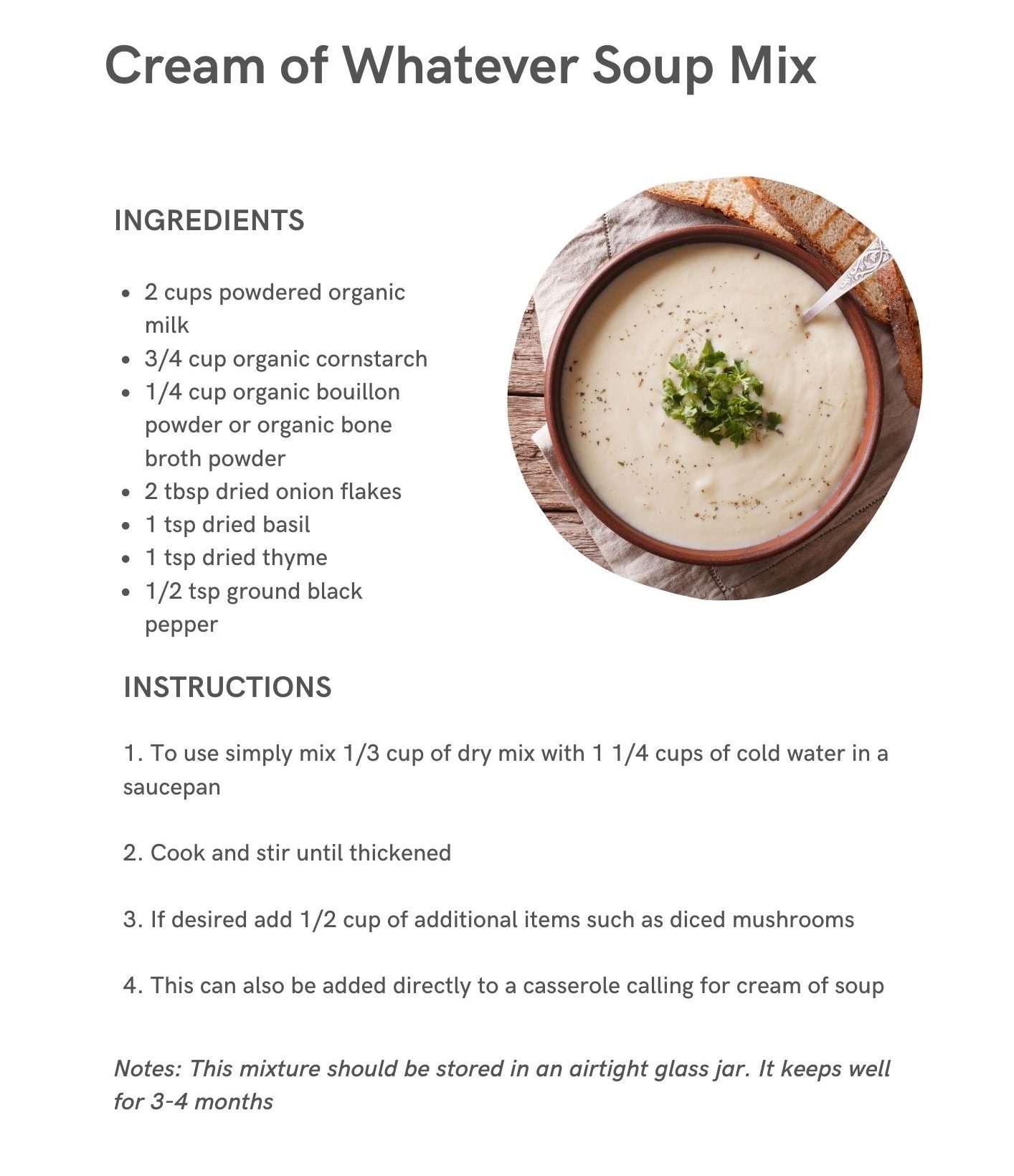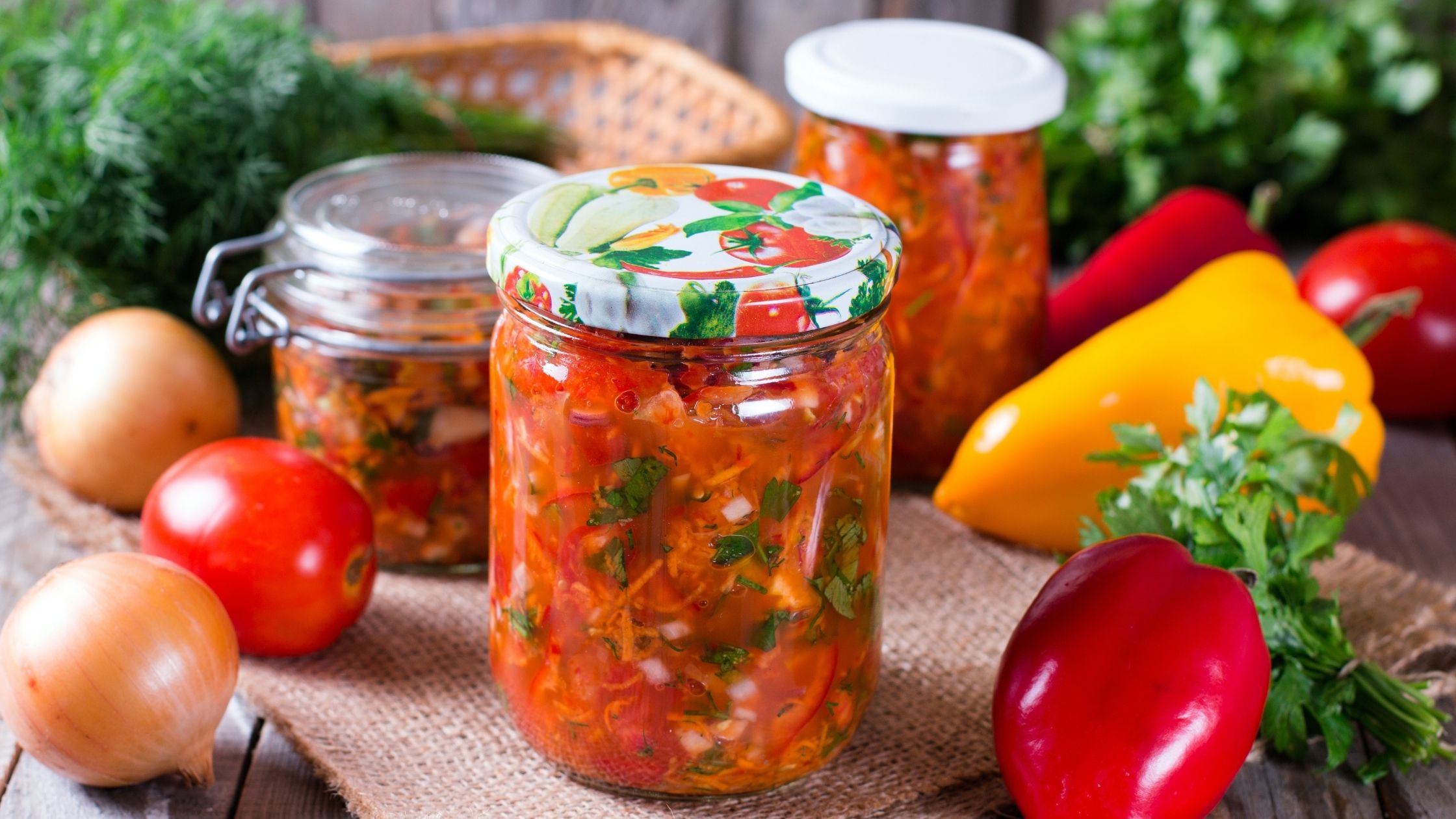A Modern Herbal | Sages". Botanical.Com, 2021, http://botanical.com/botanical/mgmh/s/sages-05.html#com.
Abuelgasim, Hibatullah et al. "Effectiveness Of Honey For Symptomatic Relief In Upper Respiratory Tract Infections: A Systematic Review And Meta-Analysis". BMJ Evidence-Based Medicine, vol 26, no. 2, 2020, pp. 57-64. BMJ, doi:10.1136/bmjebm-2020-111336.
Arreola, Rodrigo et al. "Immunomodulation And Anti-Inflammatory Effects Of Garlic Compounds". Journal Of Immunology Research, vol 2015, 2015, pp. 1-13. Hindawi Limited, doi:10.1155/2015/401630.
Ashfaq, F et al. "THERAPEUTIC ACTIVITIES OF GARLIC CONSTITUENT PHYTOCHEMICALS ". Biological And Clinical Sciences Research Journal, vol 2021, no. 1, 2021, pp. e007-e007., http://bcsrj.com/ojs/index.php/bcsrj/article/view/53.
Bardaweel, Sanaa K. et al. "Chemical Composition, Antioxidant, Antimicrobial And Antiproliferative Activities Of Essential Oil Of Mentha Spicata L. (Lamiaceae) From Algerian Saharan Atlas". BMC Complementary And Alternative Medicine, vol 18, no. 1, 2018. Springer Science And Business Media LLC, doi:10.1186/s12906-018-2274-x. Accessed 28 June 2021.
Buist, H.E. et al. "Derivation Of Health Effect Factors For Nanoparticles To Be Used In LCIA". Nanoimpact, vol 7, 2017, pp. 41-53. Elsevier BV, doi:10.1016/j.impact.2017.05.002.
Eccles, R. et al. "The Effects Of Menthol Isomers On Nasal Sensation Of Airflow". Clinical Otolaryngology, vol 13, no. 1, 1988, pp. 25-29. Wiley, doi:10.1111/j.1365-2273.1988.tb00277.x.
Galdiero, Stefania et al. "Silver Nanoparticles As Potential Antiviral Agents". Molecules, vol 16, no. 10, 2011, pp. 8894-8918. MDPI AG, doi:10.3390/molecules16108894.
Goos, Karl-Heinz et al. "Wirksamkeit Und Verträglichkeit Eines Pflanzlichen Arzneimittels Mit Kapuzinerkressenkraut Und Meerrettich Bei Akuter Sinusitis, Akuter Bronchitis Und Akuter Blasenentzündung Im Vergleich Zu Anderen Therapien Unter Den Bedingungen Der Täglichen Praxis". Arzneimittelforschung, vol 56, no. 03, 2011, pp. 249-257. Georg Thieme Verlag KG, doi:10.1055/s-0031-1296717.
Guimarães, Rafaela et al. "Targeting Excessive Free Radicals With Peels And Juices Of Citrus Fruits: Grapefruit, Lemon, Lime And Orange". Food And Chemical Toxicology, vol 48, no. 1, 2010, pp. 99-106. Elsevier BV, doi:10.1016/j.fct.2009.09.022.
Gupta. "Chamomile: A Herbal Medicine Of The Past With A Bright Future (Review)". Molecular Medicine Reports, vol 3, no. 6, 2010. Spandidos Publications, doi:10.3892/mmr.2010.377.
Jeremiah, Sundararaj S. et al. "Potent Antiviral Effect Of Silver Nanoparticles On SARS-Cov-2". Biochemical And Biophysical Research Communications, vol 533, no. 1, 2020, pp. 195-200. Elsevier BV, doi:10.1016/j.bbrc.2020.09.018. Accessed 28 June 2021.
Kinoshita, Emiko et al. "Anti-Influenza Virus Effects Of Elderberry Juice And Its Fractions". Bioscience, Biotechnology, And Biochemistry, vol 76, no. 9, 2012, pp. 1633-1638. Oxford University Press (OUP), doi:10.1271/bbb.120112.
Koczka, Noémi et al. "Total Polyphenol Content And Antioxidant Capacity Of Rosehips Of Some Rosa Species". Medicines, vol 5, no. 3, 2018, p. 84. MDPI AG, doi:10.3390/medicines5030084.
Mármol, Inés et al. "Therapeutic Applications Of Rose Hips From Different Rosa Species". International Journal Of Molecular Sciences, vol 18, no. 6, 2017, p. 1137. MDPI AG, doi:10.3390/ijms18061137.
Miyake, Yoshiaki, and Masanori Hiramitsu. “Isolation and extraction of antimicrobial substances against oral bacteria from lemon peel.” Journal of food science and technology vol. 48,5 (2011): 635-9. doi:10.1007/s13197-011-0330-3
PARK, HO-WON et al. "Antimicrobial Activity Of Isothiocyanates (Itcs) Extracted From Horseradish (Armoracia Rusticana) Root Against Oral Microorganisms". Biocontrol Science, vol 18, no. 3, 2013, pp. 163-168. The Society For Antibacterial And Antifungal Agents, Japan, doi:10.4265/bio.18.163.
Review, Traditional. "Traditional And Modern Uses Of Natural Honey In Human Diseases: A Review – Vitamin Agent". Vitaminagent.Com, 2021, http://vitaminagent.com/traditional-and-modern-uses-of-natural-honey-in-human-diseases-a-review/.
Sidor, Andrzej, and Anna Gramza-Michałowska. "Advanced Research On The Antioxidant And Health Benefit Of Elderberry (Sambucus Nigra) In Food – A Review". Journal Of Functional Foods, vol 18, 2015, pp. 941-958. Elsevier BV, doi:10.1016/j.jff.2014.07.012.
Souza, Fábia Valéria M. et al. "(−)-Carvone: Antispasmodic Effect And Mode Of Action". Fitoterapia, vol 85, 2013, pp. 20-24. Elsevier BV, doi:10.1016/j.fitote.2012.10.012.
Thosar, Nilima et al. "Antimicrobial Efficacy Of Five Essential Oils Against Oral Pathogens: An In Vitro Study". European Journal Of Dentistry, vol 07, no. S 01, 2013, pp. S071-S077. Georg Thieme Verlag KG, doi:10.4103/1305-7456.119078.
Y, Rakover et al. "[The Treatment Of Respiratory Ailments With Essential Oils Of Some Aromatic Medicinal Plants]". Harefuah, vol 147, no. 10, 2008, p. ., https://pubmed.ncbi.nlm.nih.gov/19039907/





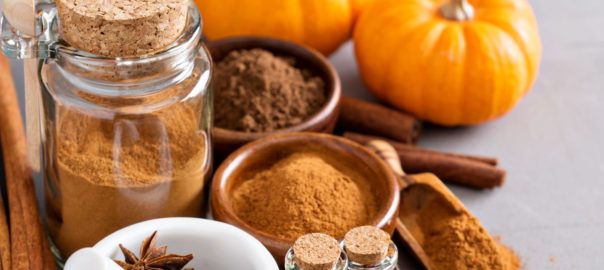
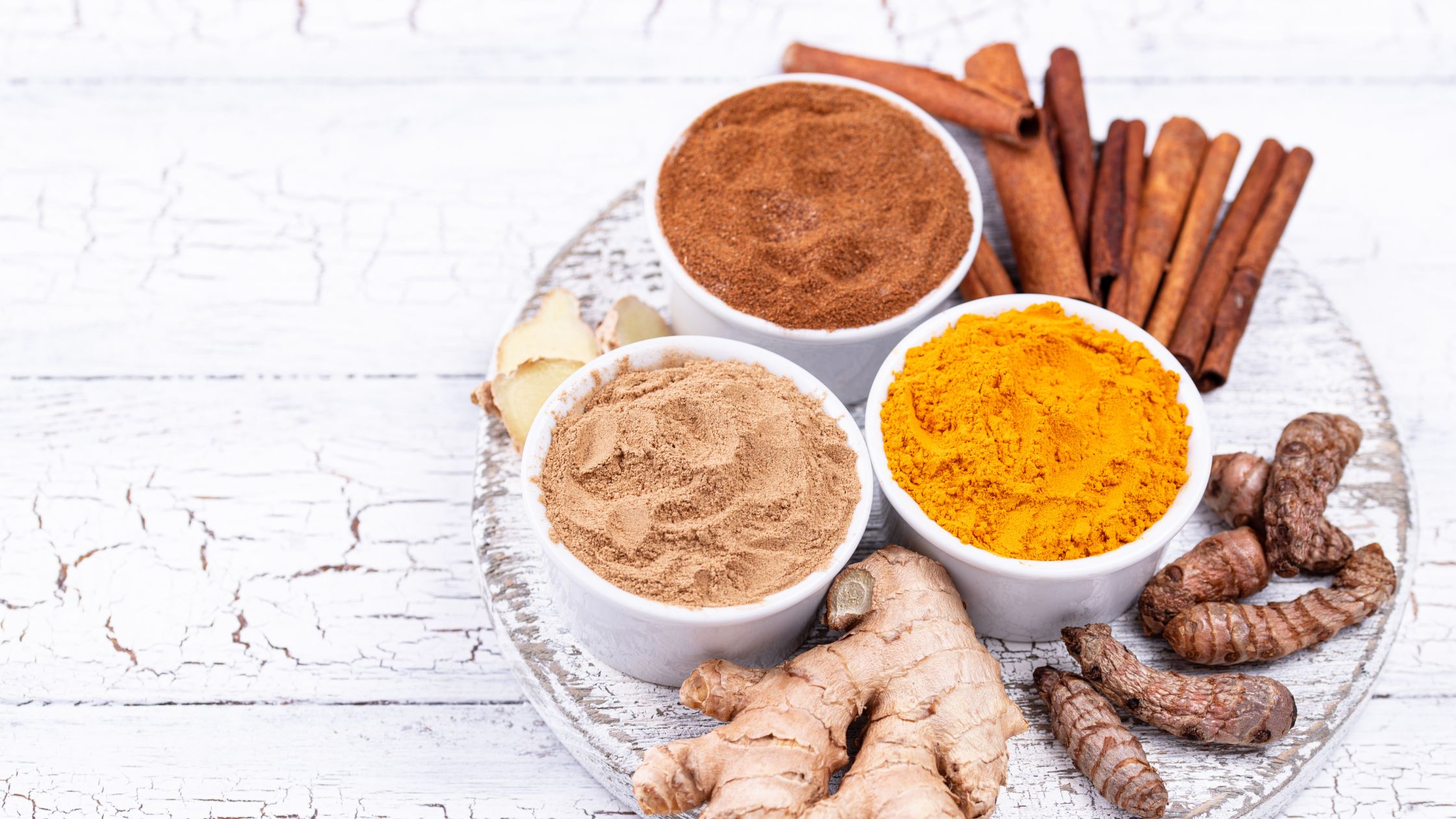
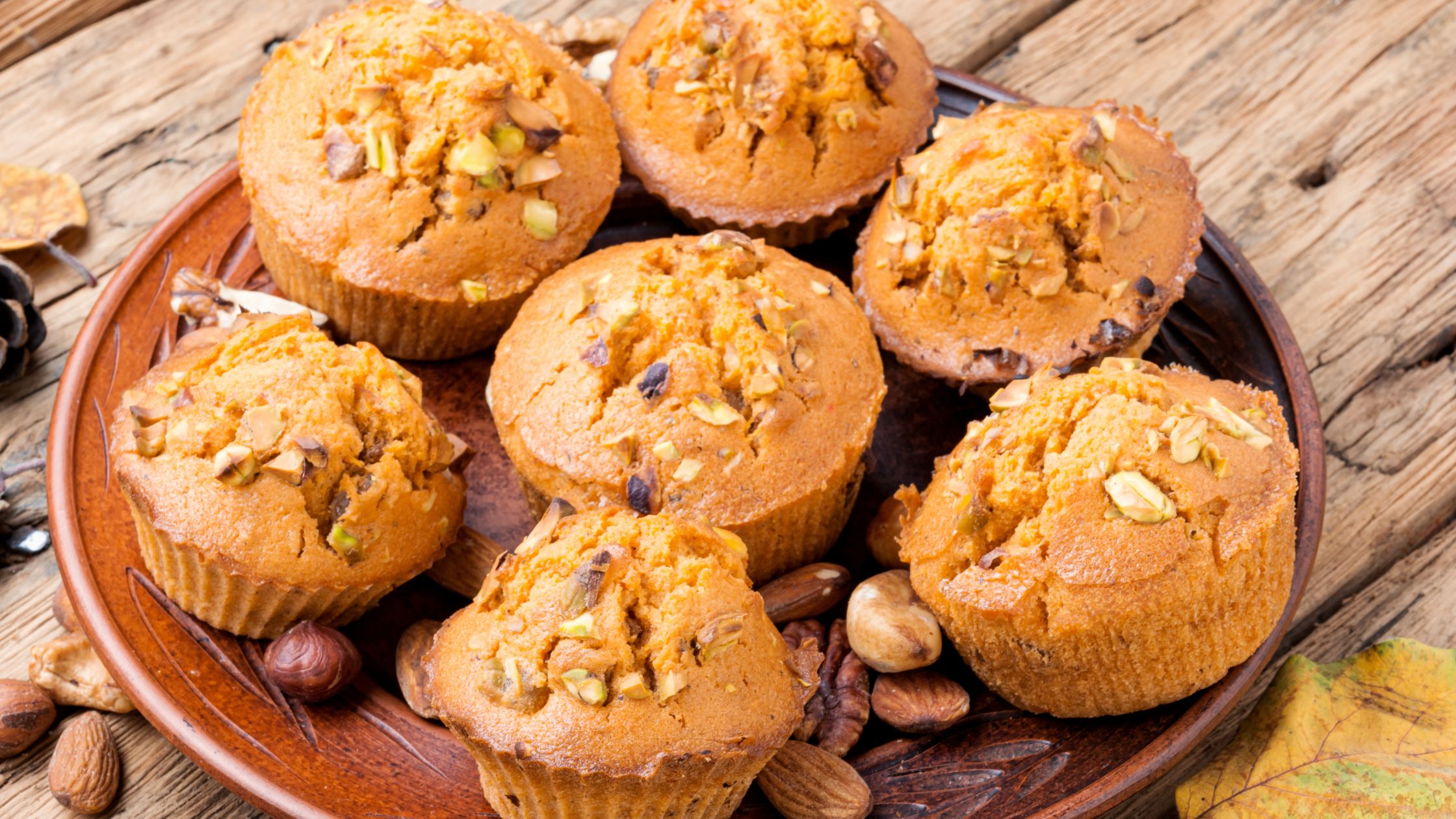
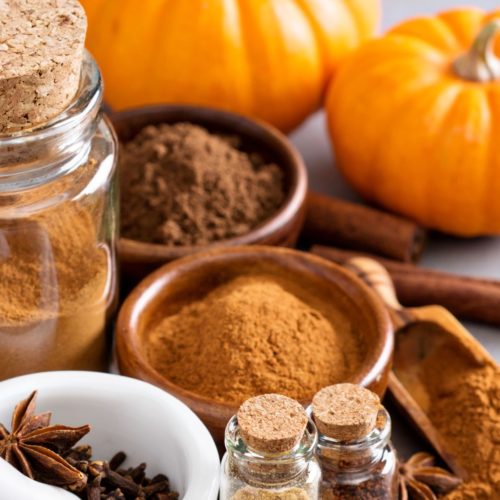
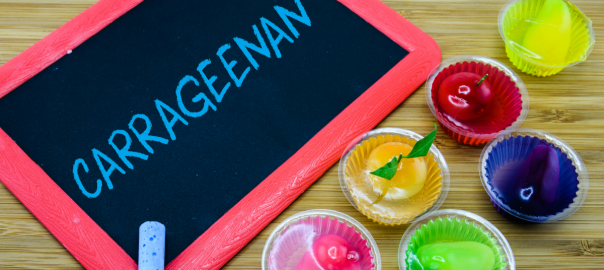
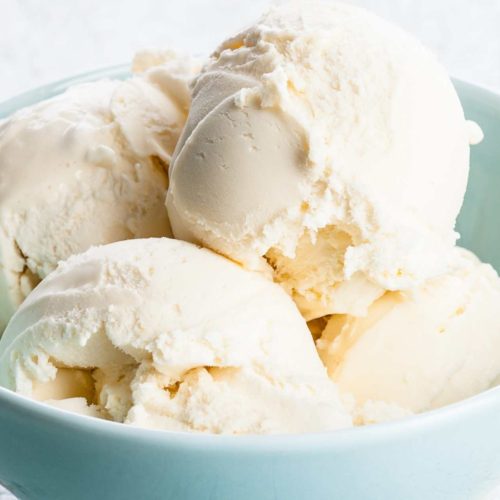
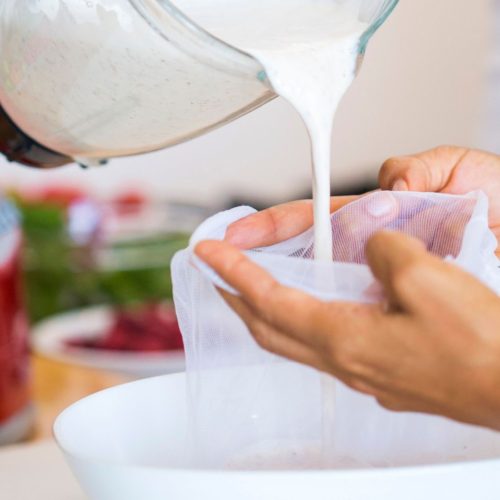
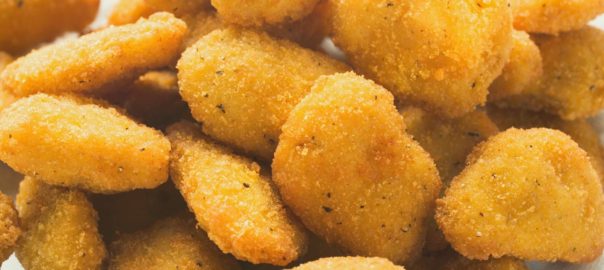




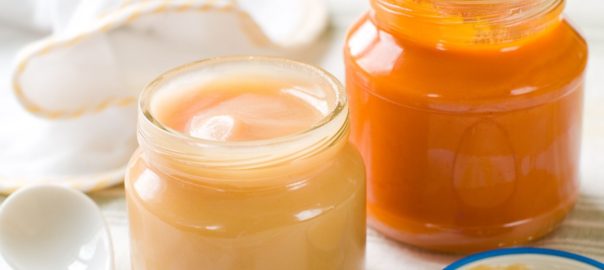


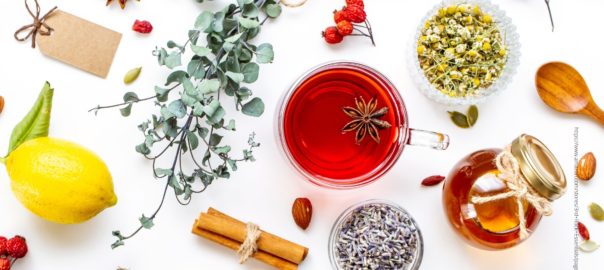


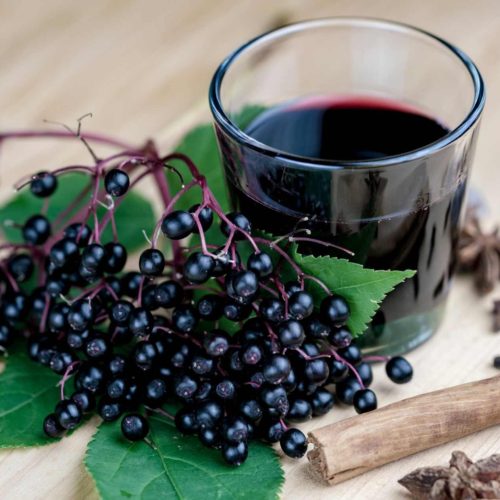

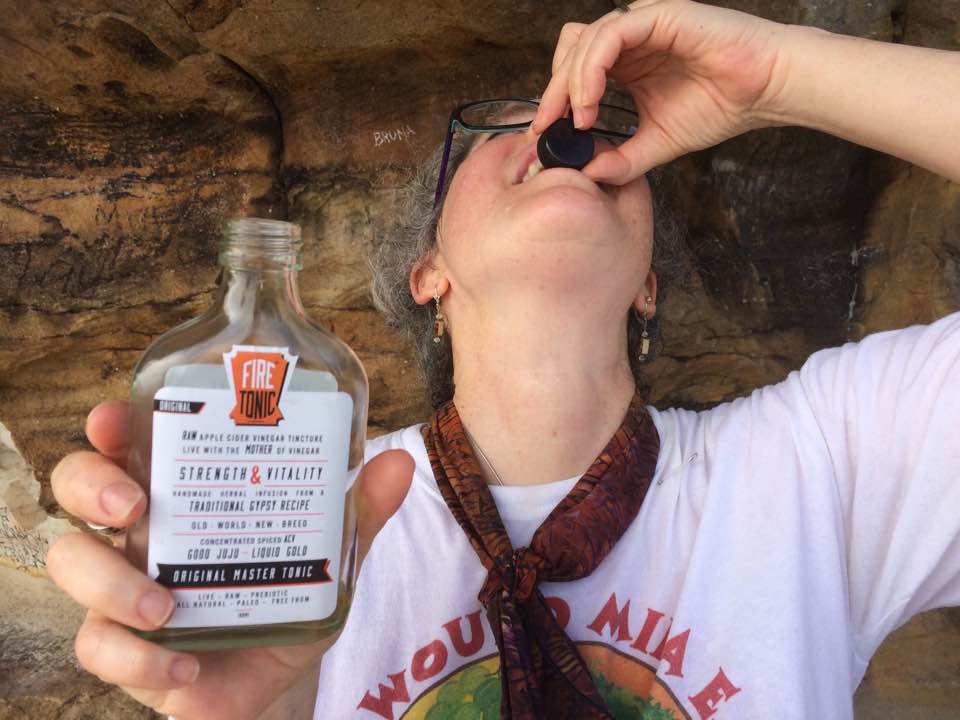


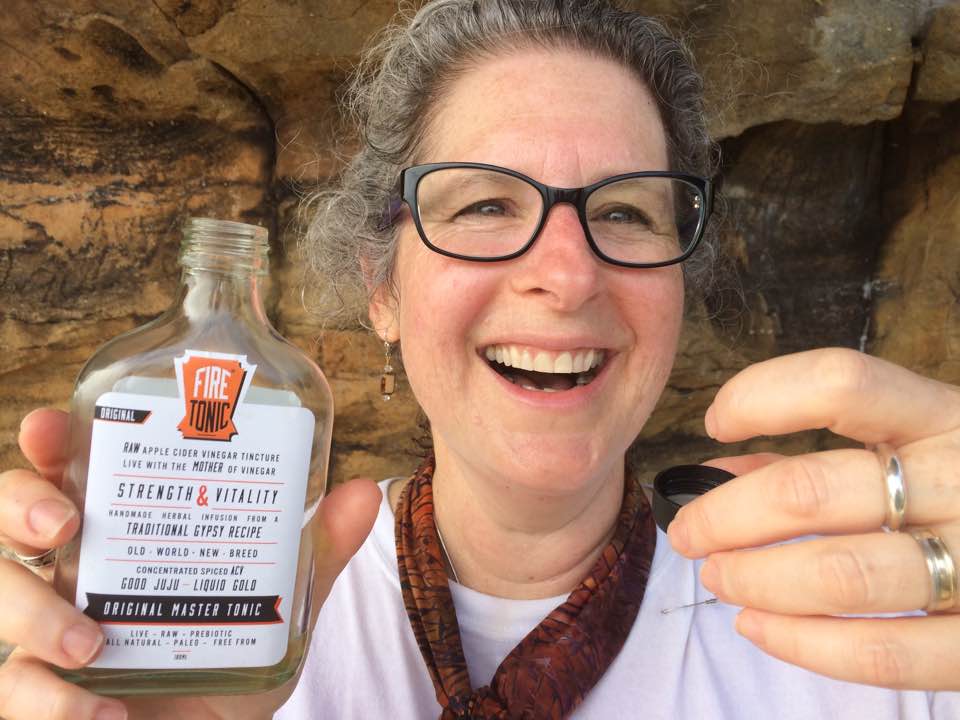








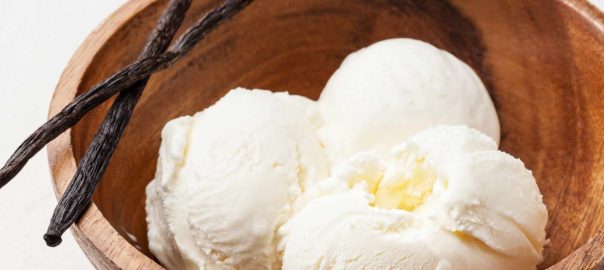
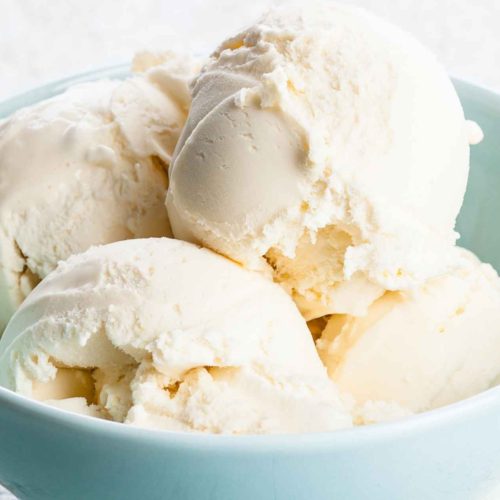
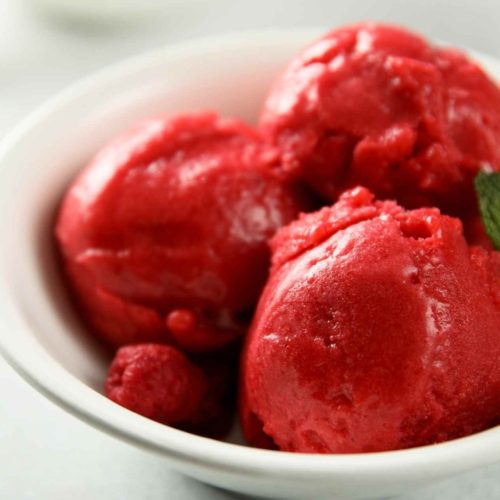
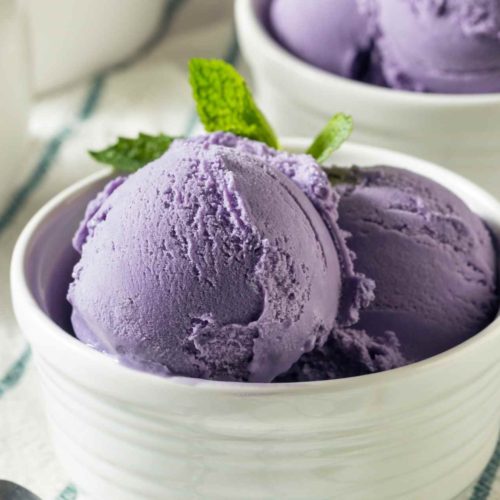
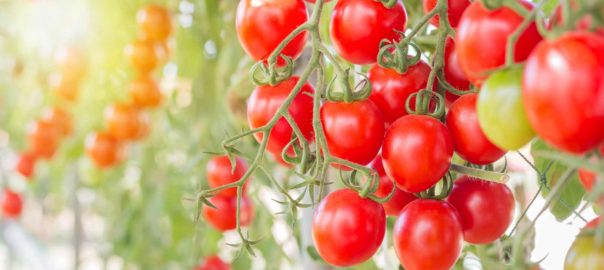
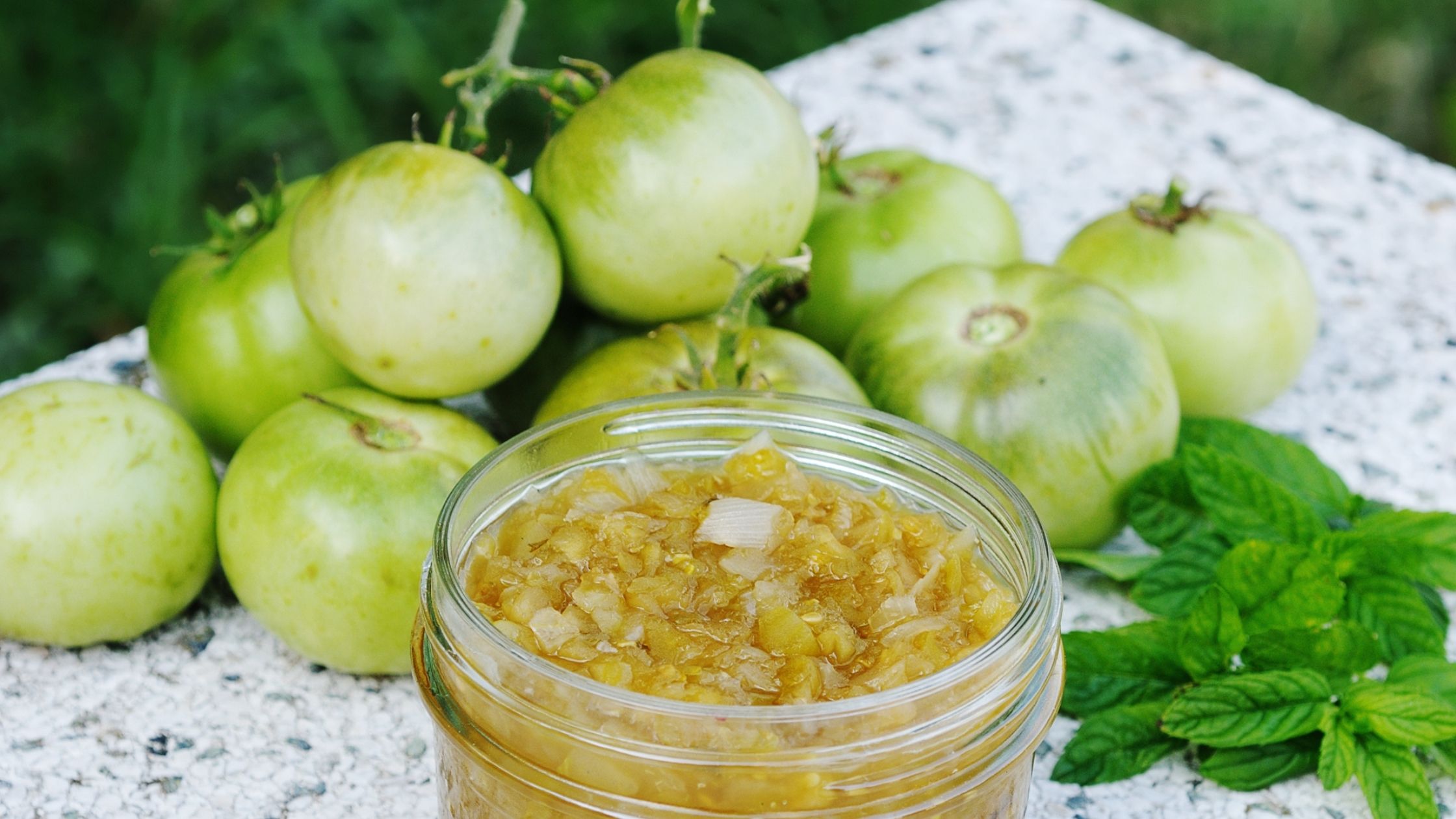
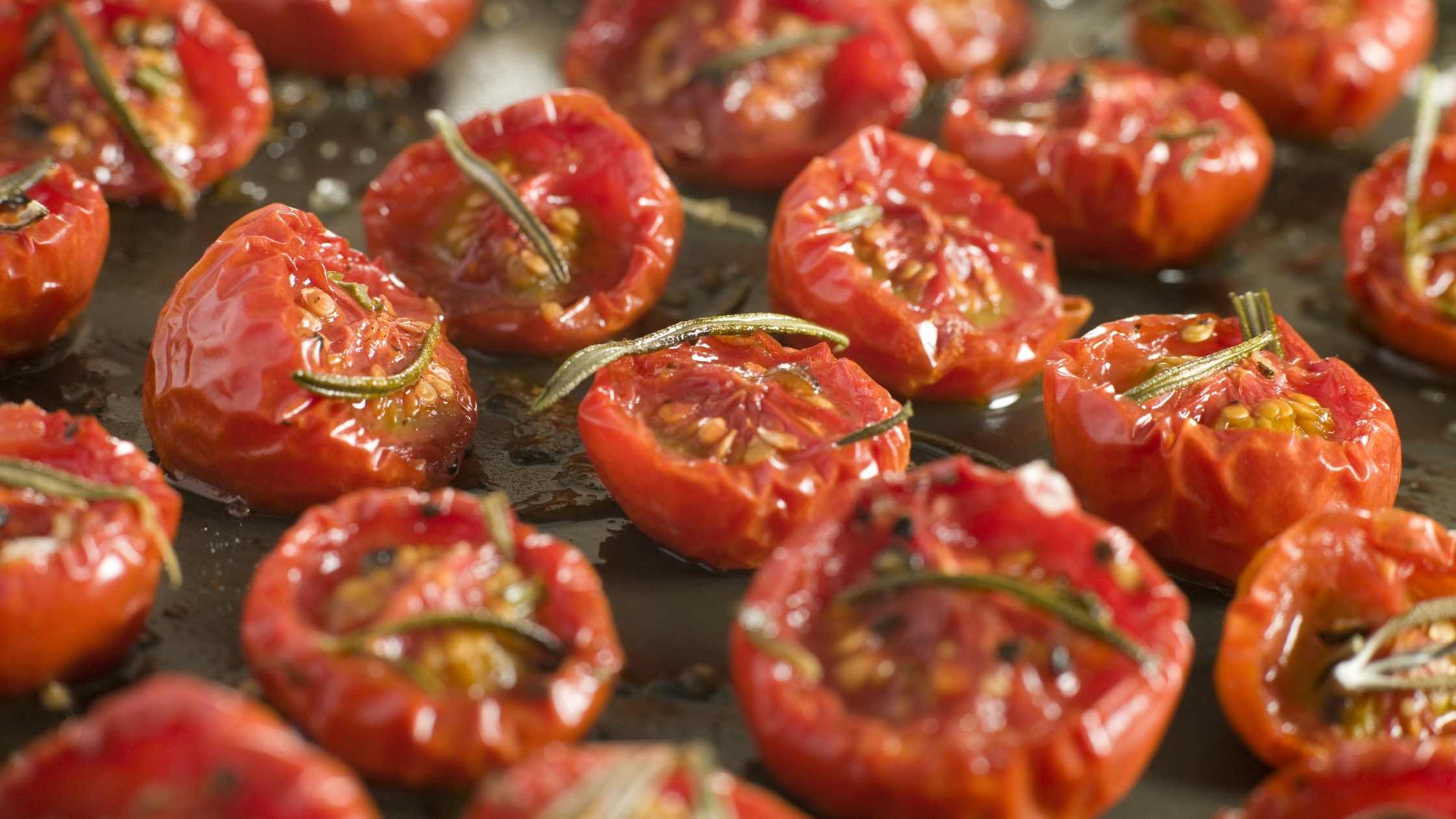 This is a good way to preserve tomatoes so you can enjoy them later in the year when they are no longer in season
This is a good way to preserve tomatoes so you can enjoy them later in the year when they are no longer in season
